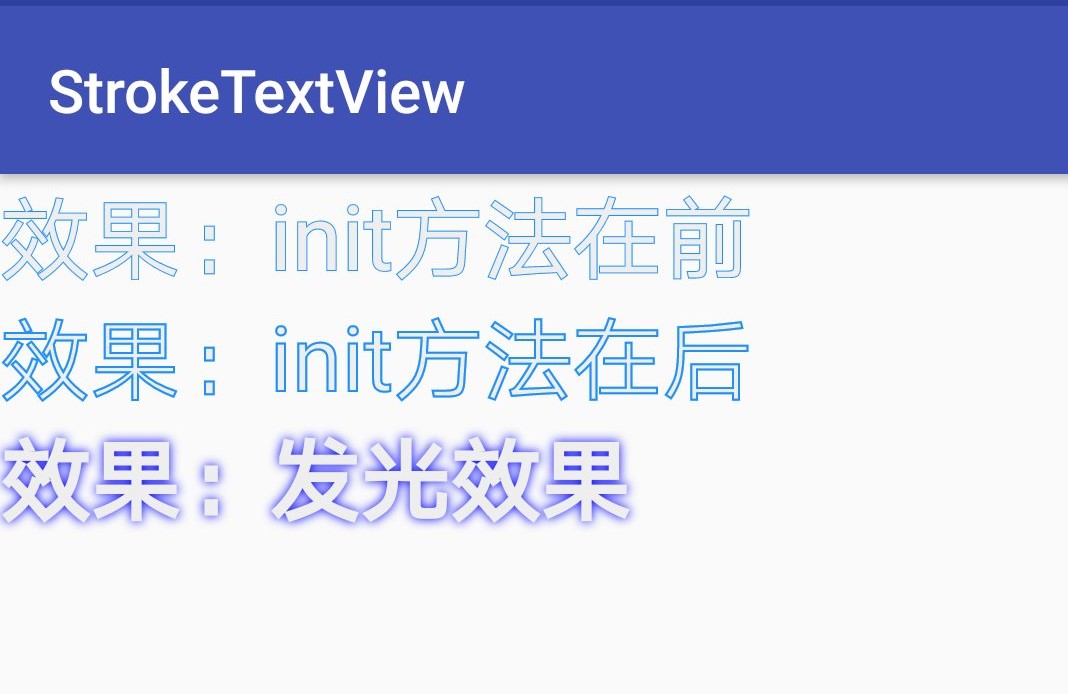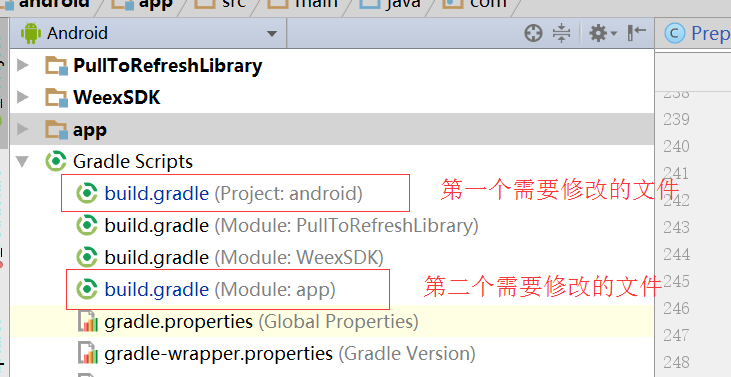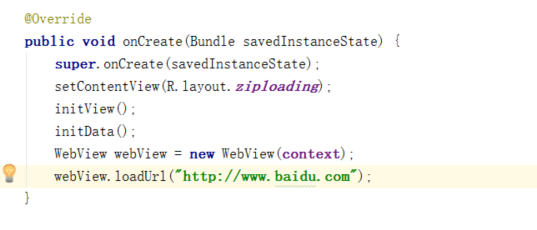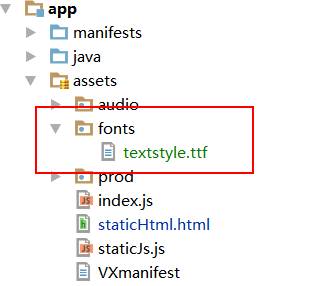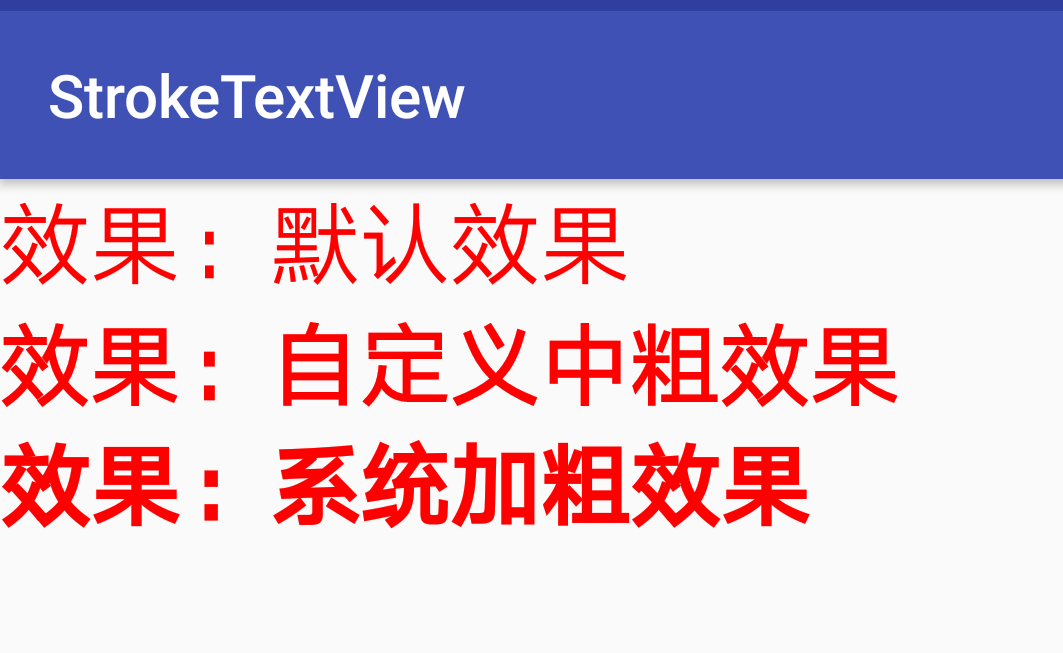我已经倾倒了文档并且无法解决这个问题.它甚至可能吗?
解决方法:
看起来正确的机制是扩展MyLocationOverlay然后覆盖drawMyLocation()受保护的方法.
以下使用箭头显示“你”的位置以及“你”指向的方式:
package com.example;
import android.content.Context;
import android.graphics.Bitmap;
import android.graphics.BitmapFactory;
import android.graphics.Canvas;
import android.graphics.Matrix;
import android.graphics.Point;
import android.location.Location;
import com.google.android.maps.GeoPoint;
import com.google.android.maps.MapView;
import com.google.android.maps.MyLocationOverlay;
public class MyCustomLocationOverlay extends MyLocationOverlay {
private Context mContext;
private float mOrientation;
public MyCustomLocationOverlay(Context context, MapView mapView) {
super(context, mapView);
mContext = context;
}
@Override
protected void drawMyLocation(Canvas canvas, MapView mapView, Location lastFix, GeoPoint myLocation, long when) {
// translate the GeoPoint to screen pixels
Point screenPts = mapView.getProjection().toPixels(myLocation, null);
// create a rotated copy of the marker
Bitmap arrowBitmap = BitmapFactory.decodeResource( mContext.getResources(), R.drawable.arrow_green);
Matrix matrix = new Matrix();
matrix.postRotate(mOrientation);
Bitmap rotatedBmp = Bitmap.createBitmap(
arrowBitmap,
0, 0,
arrowBitmap.getWidth(),
arrowBitmap.getHeight(),
matrix,
true
);
// add the rotated marker to the canvas
canvas.drawBitmap(
rotatedBmp,
screenPts.x - (rotatedBmp.getWidth() / 2),
screenPts.y - (rotatedBmp.getHeight() / 2),
null
);
}
public void setorientation(float newOrientation) {
mOrientation = newOrientation;
}
}


